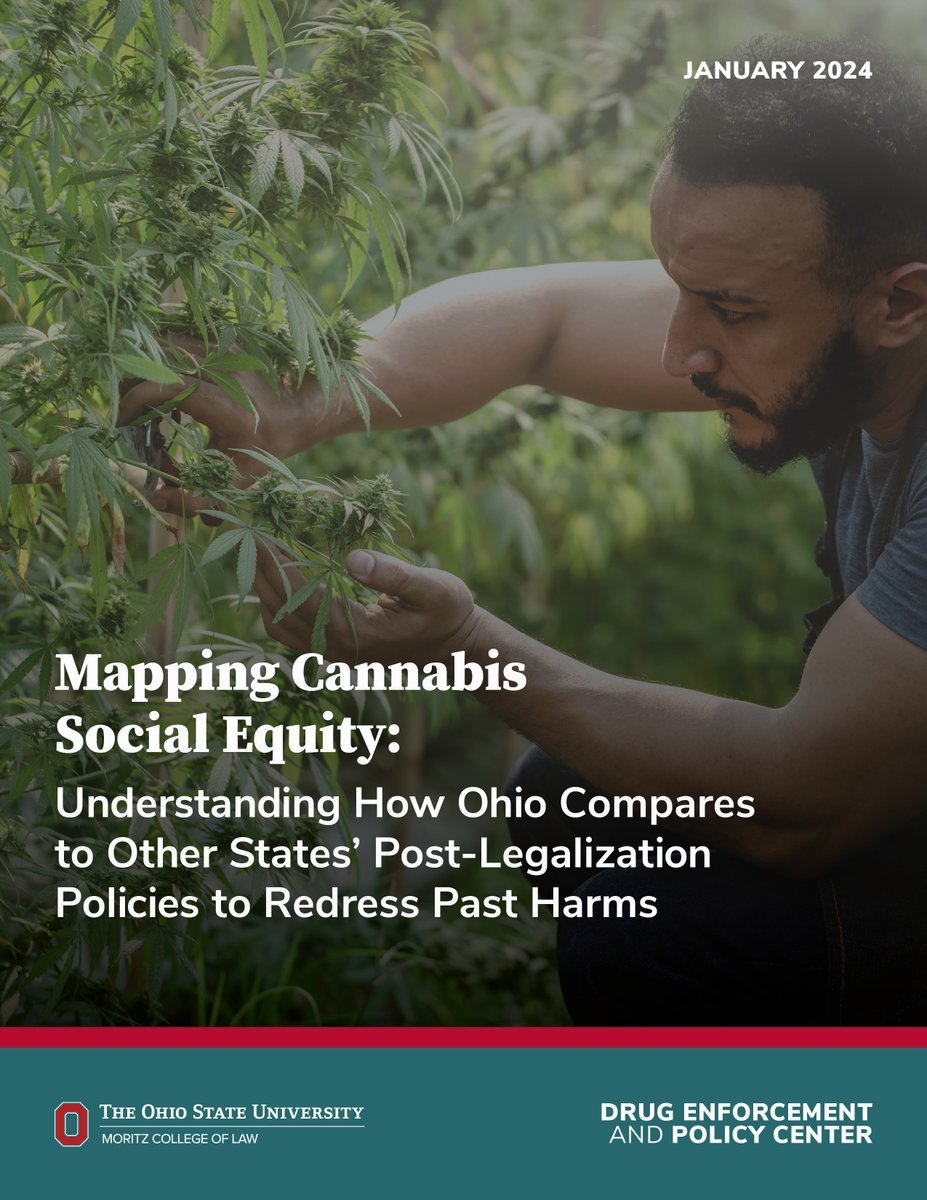By Daniel Rosenblum, Jeffrey Ondocsin, Sarah G. Mars, Dennis Cauchon, Daniel Ciccarone
We investigate the relationship between the supply of methamphetamine and overdose death risk in Ohio. Ohio and the overall US have experienced a marked increase in overdose deaths from methamphetamine combined with fentanyl over the last decade. The increasing use of methamphetamine may be increasing the risk of overdose death. However, if people are using it to substitute away from more dangerous synthetic opioids, it may reduce the overall risk of overdose death.
Methods
Ohio’s Bureau of Criminal Investigation’s crime lab data include a detailed list of the content of drug samples from law enforcement seizures, which are used as a proxy for drug supply. We use linear regressions to estimate the relationship between the proportion of methamphetamine in lab samples and unintentional drug overdose death rates from January 2015 through September 2021.
Results
Relatively more methamphetamine in crime lab data in a county-month has either no statistically significant relationship with overdose death rates (in small and medium population counties) or a negative and statistically significant relationship with overdose death rates (in large population counties). Past overdose death rates do not predict future increases in methamphetamine in crime lab data.
Conclusions
The results are consistent with a relatively higher supply of methamphetamine reducing the general risk of overdose death, possibly due to substitution away from more dangerous synthetic opioids. However, the supply of methamphetamine appears unrelated to the past illicit drug risk environment.
Drug and Alcohol Dependence Reports, (2024), 31 pages



